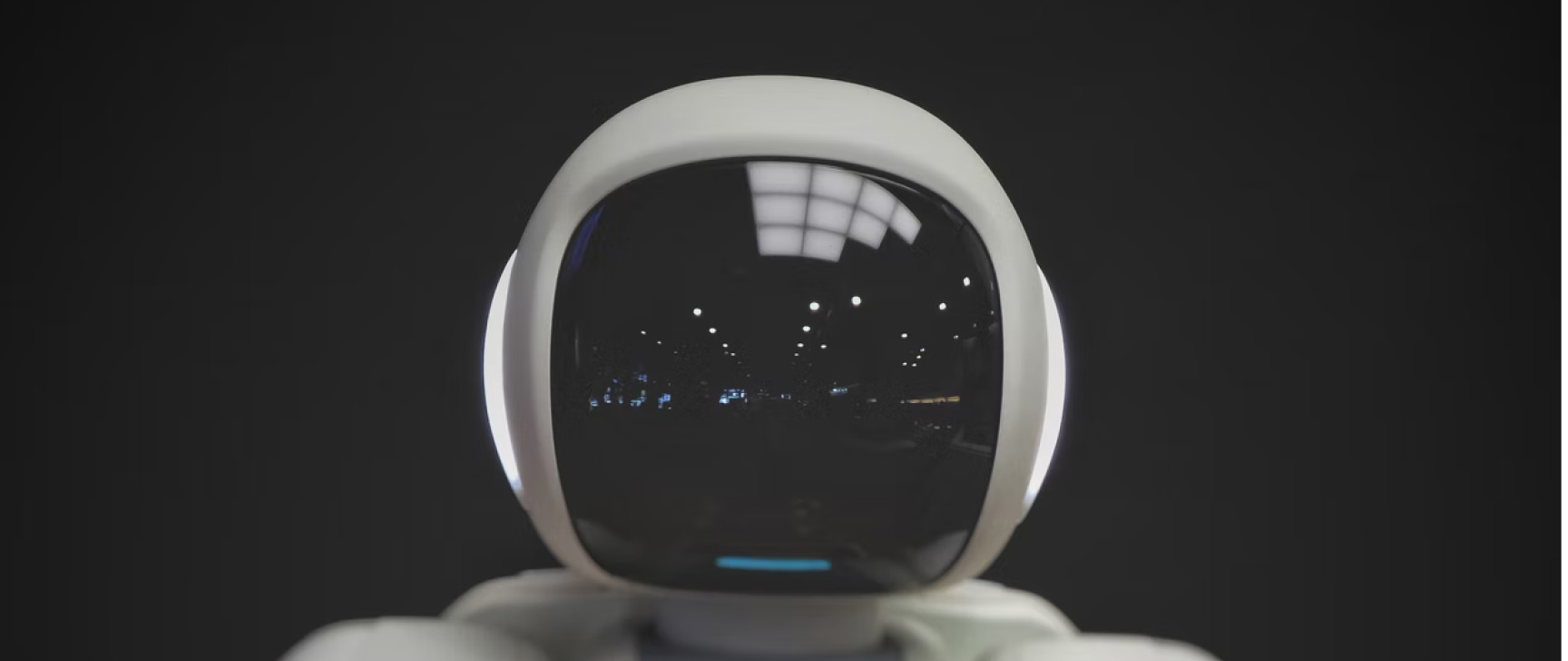Because they are related to automation, people may think that RPA and chatbots are the same thing, but they are not. In this article, we clear up all the doubts about what they are, what each one does, their differences, and some use cases.
Automation with Artificial Intelligence
Humans have long tried to find ways to automate repetitive processes that become monotonous.
More than ever, process automation is crucial to the evolution of industries.
Utilities, manufacturing, energy, finance, healthcare, and most industries have already adopted some form of automation, and it is towards a more automated world that we are moving.
An area closely associated with automation is Artificial Intelligence (AI). This gives machines the ability to perform tasks that humans once performed. In addition, it allows us to simulate some of our reasoning.
What is RPA?
RPA stands for Robotic Process Automation. It's an Artificial Intelligence technology that, as the name implies, uses software robots to automate certain tasks.
How do RPAs work?
As we already mentioned, RPA robots take charge of repetitive digital tasks, such as filling out forms or copying and pasting information. To do this, these robots access information from your IT systems.
RPA solutions can be of three types:
- Attended RPA: is an assisted automation, where the robot works under supervision.
- Unattended RPA: is independent automation. That is, it does not require human intervention. However, it is controlled by other software systems.
- Hybrid RPA: is a combination of the two previous types.
Regarding the tasks that each type of RPA performs, the first case is used to complement human tasks, and the second is more used for tasks that involve repetition and large volumes of data.
Which is the best option for you?
Well, that will depend on the actions you want to automate in your company.
If they are to support your employees, assisted RPA is probably the best option.
If you want to automate large volumes of information, unattended RPA is the solution.
And Chatbots? What are they?
You already know what RPAs are, now is chatbots' turn.
Chatbots are conversational robots, also known as AI bots, conversational AI, or virtual agents. They are chat systems generally used in companies to automate and optimize their Customer Care services.
They are systems that also use Artificial Intelligence, recognizing the requests made by users and giving them an answer.
When the questions are more complex, they forward the customer to Live Chat, where the customer is assisted by a human assistant who helps him solve the problem.
Find out here which is the best option for your company: Live Chat or Chatbots!
What are the Differences between Chatbots and RPA?
Although chatbots and RPAs are automation solutions, they are quite different.
One of the differences that stands out the most is that chatbots can communicate with a person, while RPAs are not.
RPAs, unlike virtual agents, do not have any language recognition technology associated with them, so it is not possible to communicate with them.
Therefore, as we have already mentioned, they are ideal for back-office tasks that do not involve interactions with third parties.
Confronting one solution with the other, we can see the following differences:
RPA
- No linguistic knowledge
- The goal is to automate processes
- Focused on back-office processes
- Receives structured information
- Supports IT teams
Chatbots
- Has linguistic knowledge
- The goal is to automate conversational processes
- Focused on clarifying user doubts
- Receives different forms of information
- Support for business teams
Why Implement RPA and Chatbots in your Company?
Now that you know what RPA and chatbots are and their differences let's see what you gain by having these two automation solutions. And how, together, they can be an asset to your company.
8 Advantages of RPA Solutions
Speed and Consistency
People once carried out the processes that are currently performed by these bots.
They usually involve large volumes of information, and to have reliable results, high levels of attention are required. In other words, the degree of error due to human failure can also be high, as can the time it takes to process the data.
However, RPA technology allows these procedures to be performed quickly and with low error levels since a bot can perform the same task over and over again without going off schedule.
Cost-effective
Besides being fast to perform repetitive tasks, they are cost-effective solutions.
Since there are no failures, there is no need to repeat procedures. So you save money. And even if you have to start from scratch, it's much faster and again saves resources.
Increased Productivity of your Employees
As we have already mentioned, RPA enables the automation of repetitive and monotonous processes that were once performed manually.
Without the need to occupy your workers with these procedures, you have a freer and more focused team on more complex and less repetitive processes.
In this way, your team's performance level increases.
Increased Customer Satisfaction
Although RPA solutions are implemented for back-office tasks, they also have an impact on your customer satisfaction levels, since they allow you to offer a higher quality service.
Therefore, in direct relation, you have more satisfied customers who will certainly be loyal to you.
Versatility and Connection between several Systems
RPA technology is very versatile, as it can be implemented and have various applications depending on the industry.
For example, in the financial sector, it can automate information validations, create reports for customers, form filling, among others.
Another example, in the retail industry, you can automate the extraction of product information or automatically update the inventory on your website.
Improved IT management and support
Because RPA improves the operational quality of the back office and monitors your network, it allows you to deal with potential problems in less time and therefore without requiring extraordinary resources.
What your Company Needs is a Chatbot with RPA!
The benefits of RPA and chatbots are very similar. However, and as we have already pointed out in the section on the differences between the two solutions, chatbots have the ability to understand and communicate with their users.
Still, it's possible to merge the two solutions and create RPA Chatbots.
RPA Chatbots combine the processes automation of RPA and the communication capabilities of chatbots with Artificial Intelligence.
For example, while the chatbot talks to your customers, the RPA bots gather information from external systems. This way, you can offer an even more complete service without overloading your employees.
Moreover, if you have an internal chatbot to support your employees, you don't need your staff to learn how to work with different platforms.
Just provide them with a chatbot in which they ask for information, and the RPA bots linked with your chatbot will gather that same data.
Furthermore, users can, for example, request updates from CRM systems, among others.
This saves time and makes your team's work more efficient!
Want to enjoy the benefits of automating your processes and communications?


